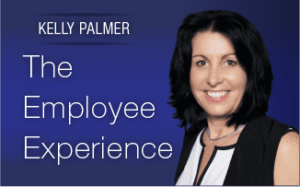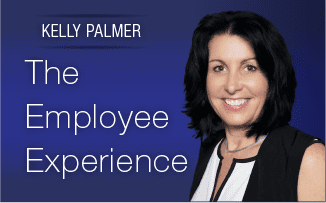 Imagine a scenario where every employee in the world has access to personalized learning and that learning helps them build knowledge and skills they need throughout their careers.
Imagine a scenario where every employee in the world has access to personalized learning and that learning helps them build knowledge and skills they need throughout their careers.
The idea that everyone could have access to exactly the learning they need when they need it seemed like fantasy just a few short years ago. But now with machine learning a personalized learning experience is possible.
Think about what this means. Because learning content is now available to everyone like a consumer product, there’s no shortage of learning to be had. In fact, there is a deluge of content out there in so many forms. But the more content that is available the harder it is to find what you want or need to learn.
What if you were able to have relevant learning content served to you and your employees every day based on your interests, on who you are, on what you do, on how you like to learn, on what skills you want to build and on who you know? That’s the dream.
So what exactly is machine learning and how is it helping us in corporate education? Machine learning is a subset of artificial intelligence and describes computers’ ability to learn from data without being explicitly programmed. In other words, the computer learns how to learn. In corporate education, machine learning can personalize an employee’s learning experience by:
- Learning about the content people are consuming
- Learning about the skills and knowledge people are gaining
Machine learning organizes and recommends learning content based on who you are and what it understands you are interested in. Think of Spotify for music or Netflix for movies. The more you watch or listen, the more the technology learns about you. The more the technology learns about you, the better it is at giving you more of what you want or might want. This allows you to discover new music based on your preferences in the form of customized playlists and inspires ideas about what movies you might want to watch next through suggestions and recommendations.
But machine learning is not just about content recommendations, said my colleague James Densmore, director of data science at Degreed. “I get a lot of feedback from people thinking that machine learning is about building better recommendation systems when in fact the ultimate goal is to understand why we are recommending a given piece of content,” he said. “Is it the format (course vs. article), the length, the frequency of consumption, the author or something else?”
IBM’s Watson illustrates nicely how machine learning works. Watson, a computer, was able to beat humans on the game show Jeopardy because it processed thousands of questions and learned how to play the game through machine learning. Machine learning is at the heart of much of the technology we use today but it’s working in the background so you may not be aware that intelligent machines are doing these tasks. For example, Amazon recommends products on every page. Google shows you ads it thinks are relevant to you and sometimes asks you if they are right, thus getting more data. Facebook uses face recognition to identify people in pictures you post.
Applied to learning technology, machine learning curates learning content for you automatically. It gives you a selection that is personalized and relevant. You get a daily feed of new learning content to consider and you get recommended learning pathways based on what you want to learn and what the system is learning about you. It does the processing for you so you don’t have to wade through thousands of pieces of content. For CLOs, it analyzes the data so that you can understand what skills your employees are building.
Typically, learning professionals have a more manual process to understand what people are interested in and want to learn. It’s called the good old-fashioned “needs analysis.” The output of a regularly scheduled needs analysis can be insightful. It’s a good way to understand what content to create or what programs to design but it can be a time-intensive, manual process. That’s not to mention that learning organizations can rarely meet the needs and demands of all the topics learners want to learn. More likely than not, employees are looking for an on-demand consumer-like learning experience that incorporates all of the content that’s available to the world.
For corporate educators, one of the most exciting aspects of machine learning is the ability to collect and analyze data and understand what your learners are learning. The data tells what content employees are consuming, which content and modalities they prefer and most importantly what skills they are building. There has never been a better way to get insights about learners – not what they say they want to learn but what they are actually learning.
While machine learning is still in its infancy, it affects more and more of what we do every day. It is built into tech-enabled personal assistants, facial recognition and even self-driving cars. It’s also driving the new generation of learning technologies. It will be interesting to see how machine learning will impact the learning industry and more generally how we learn in the years ahead.














